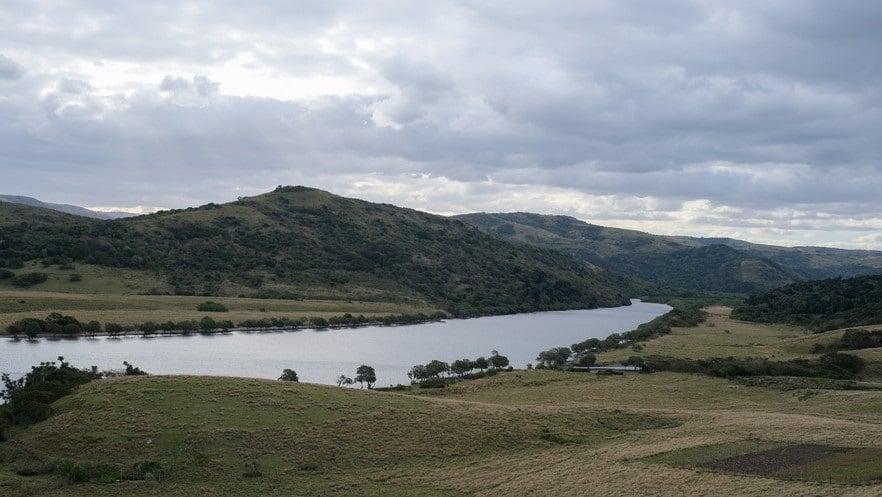Africa-Press – South-Africa. Twenty people drowned in Limpopo rivers and dams in just two months, highlighting calls from the National Sea Rescue Institute (NSRI) for caution around freshwater bodies.
New research from the NSRI has shown that drownings are more likely to happen in freshwater bodies than in swimming pools or the ocean. Rural communities are particularly at risk, cautions Dr Jill Fortuin, NSRI Executive Director for Drowning Prevention.
The research, which evaluated fatal drownings in the country between 2016 and 2021, found the assumption that drownings occur most frequently in the ocean is incorrect.
Instead, the highest number of drownings occurred in freshwater, with 3713 drownings reported from 2016 to 2021.
Limpopo police recently sounded the alarm after 20 incidents were registered since the start of October.
Fortuin said:
In the most recent incidents, three children drowned in different locations in the province, said police spokesperson Brigadier Motlafela Mojapelo.
Thabiso Madire, 12, from Praktiseer drowned when he reportedly jumped into the Tubatse River last week. His body was retrieved by members of the SAPS Search and Rescue Unit several kilometers from where he drowned.
Also last week, the body of an 18-year-old boy, identified as Gift Mitchel, was retrieved from the Olifants River – around 48km from the point where he was reportedly swimming with friends. In Vhulaudzi, outside Makhado, police retrieved the decomposed body of an 11-year-old girl.
Several pastors and congregants have also drowned performing religious baptisms in rivers, streams and dams at different locations in the province, said Mojapelo.
During last year’s rainy season in Limpopo, 39 people, including 15 young children, drowned. While some of the victims were swept away in vehicles while crossing flooded bridges, while others – especially children – drowned while swimming.
Limpopo is not the only province to experience fatal drownings. The highest incidence of drownings was recorded in KwaZulu-Natal, with 2114 drownings recorded from 2016 to 2021, followed by the Eastern Cape (1869 drownings) and Gauteng (864), the NSRI research showed.
Fortuin says freshwater drownings take place more frequently because these water sources are more accessible.
Fortuin added:
Another danger these communities face is crossing rivers to travel to schools, clinics and workplaces.
“Many communities do not have bridges to cross rivers. If the river is flowing fast and the community cannot cross it, this means a day of school missed or a day’s income lost,” said Fortuin.
“There needs to be more educational messages around how to cross rivers safely. We advise communities not to cross fast-flowing rivers, and if they have to cross, to use a chain system with several people.”
While increased infrastructure, in the form of bridges and safe crossings, will reduce drownings in the long term, short-term interventions are sorely needed in these communities. This includes signage, in the local language, that shows people what rivers look like when they are fast-flowing and how to cross them safely.
For More News And Analysis About South-Africa Follow Africa-Press






